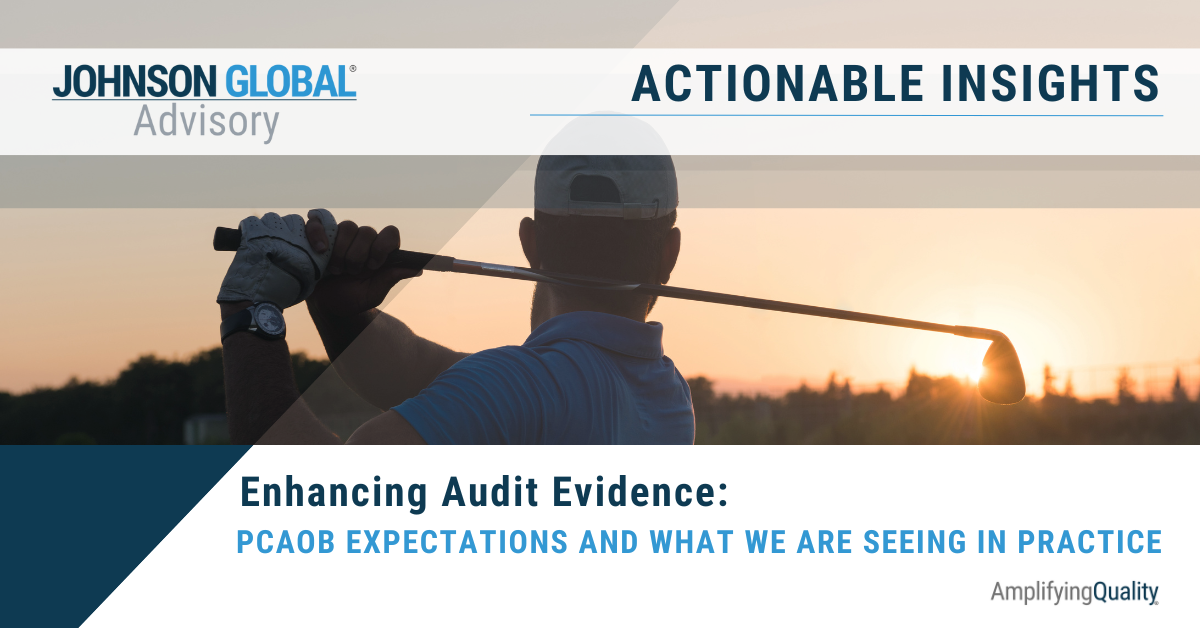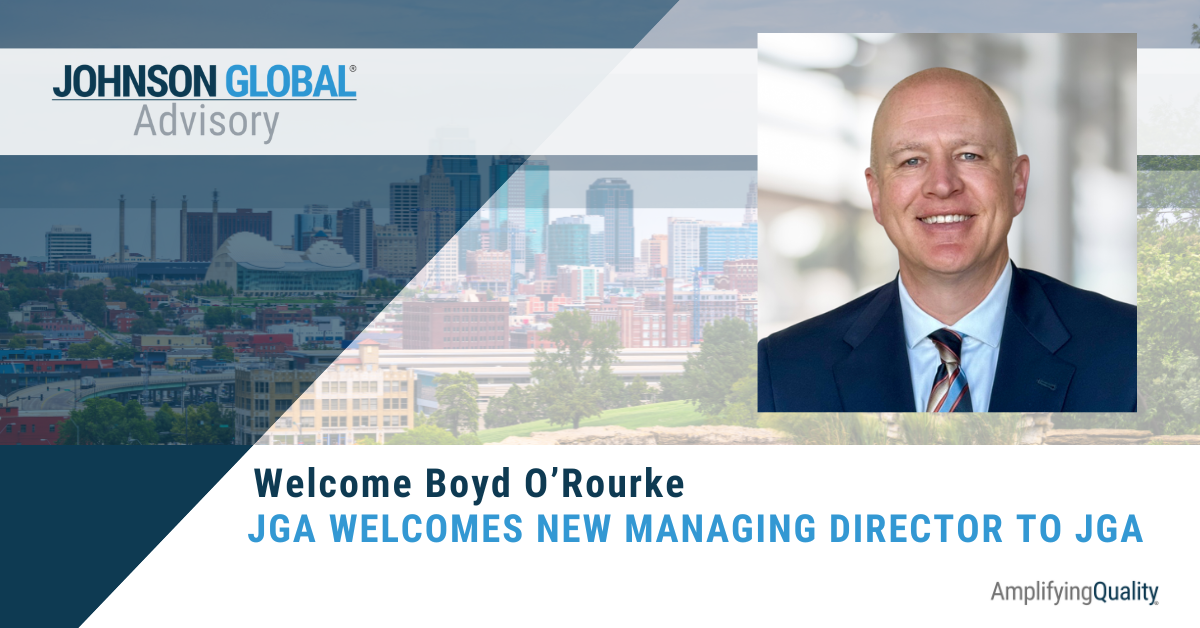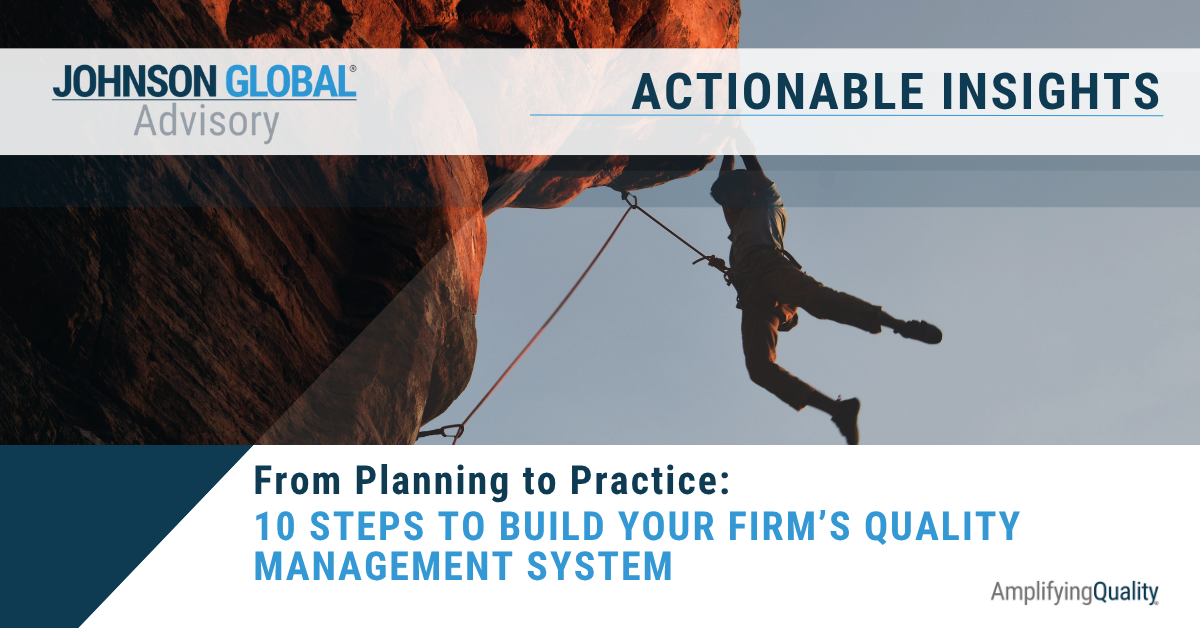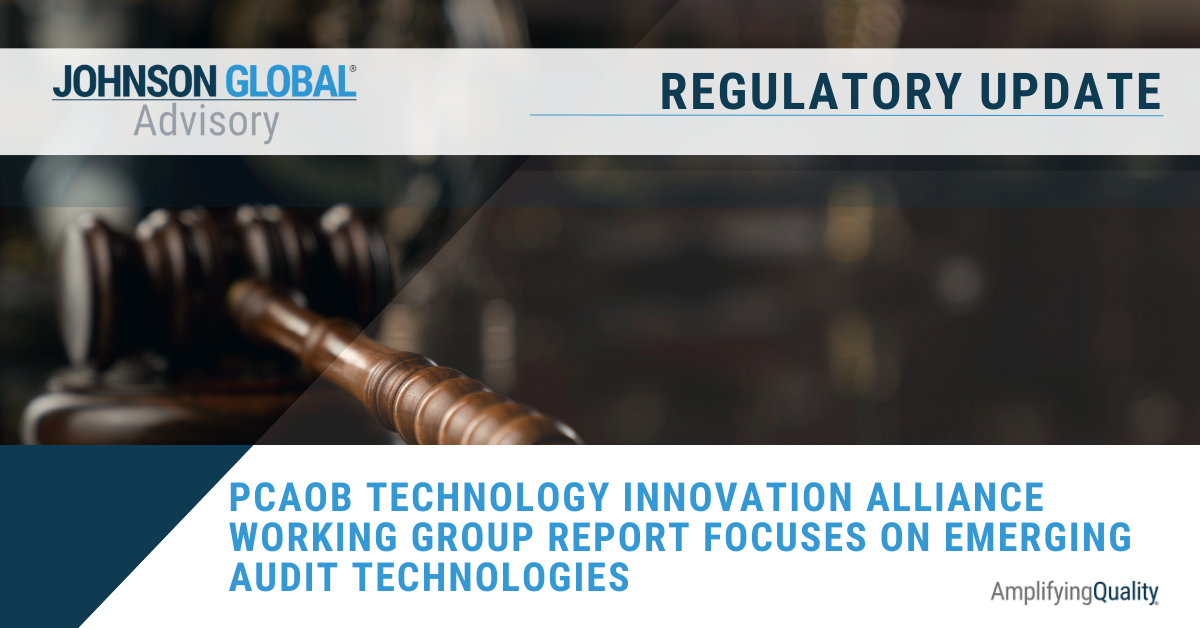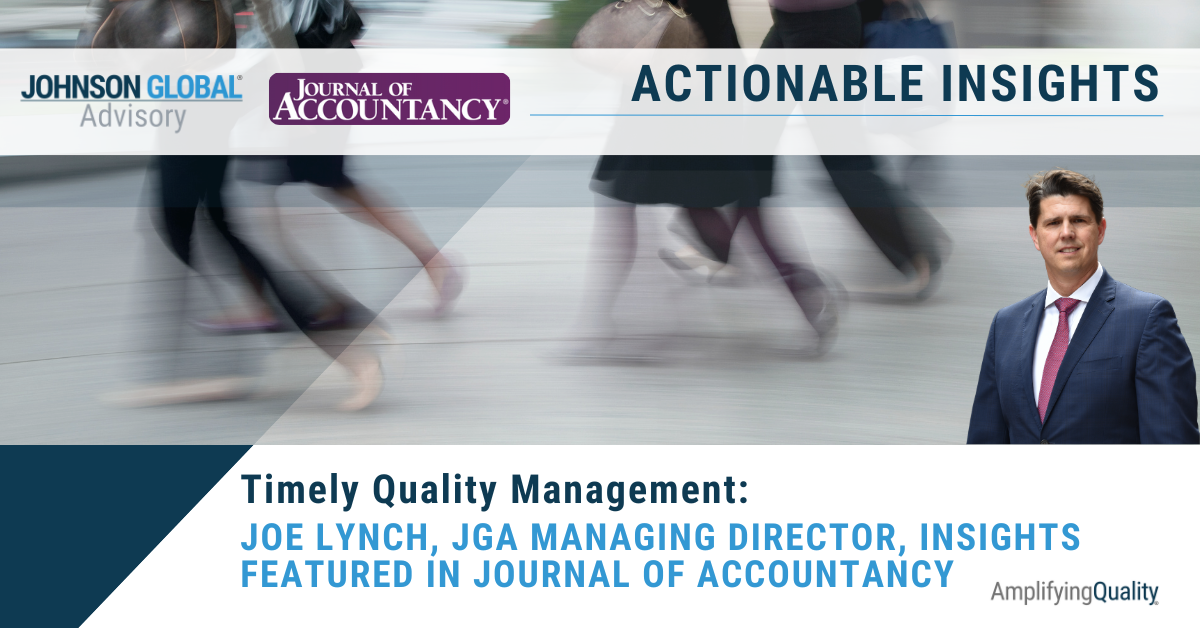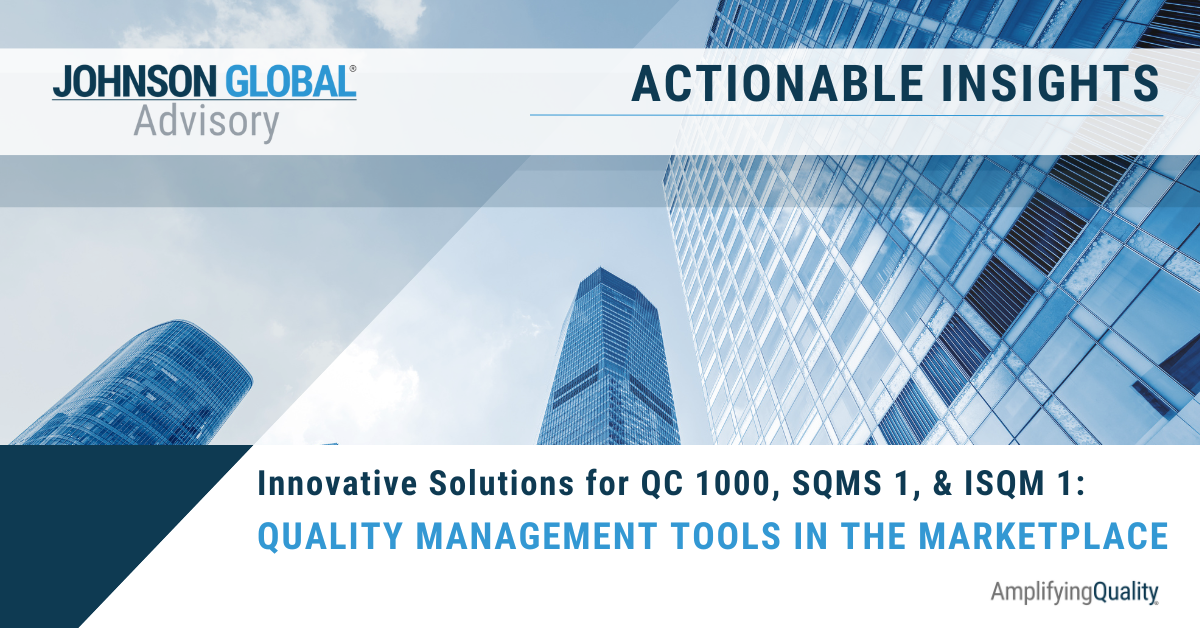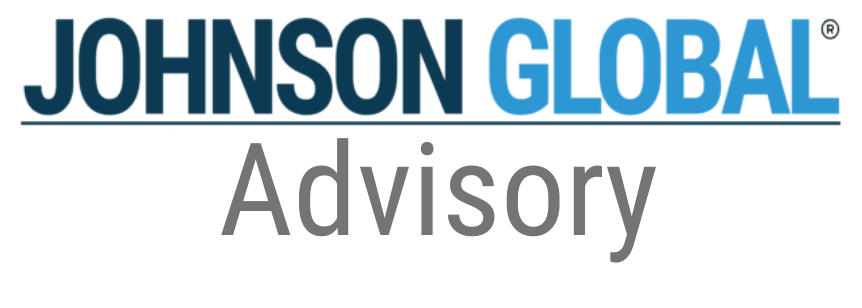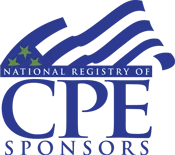More Opportunities to Improve: The PCAOB’s Latest Report on Broker-Dealer Audit Quality

On January 31, 2024, the PCAOB Staff (the “Staff”) released its first ever Spotlight, Insights Into the PCAOB’s Interim Inspection Program Related to Audits of Broker-Dealers. I commend the Staff for this Spotlight. It provides new insights and more context than their typical annual reports on the broker-dealer inspection program results.
To provide some brief background, the broker-dealer inspection Program was created as result of the Dodd-Frank Act, which was enacted into law in 2010. Inspections started in 2011, and the revised Securities Exchange Act Rule 17a-5 was effective in 2013. The most recent Annual Report published in August 2023 reported a 58% deficiency rate for broker-dealer firm inspections conducted in 2022, and stated that the rate was, “unacceptably high.” That compares to a 40% deficiency rate for issuer firm inspections in 2022, so the difference is considerable. See our September 2023 article that talks about the report - Broker Dealer Reruns: Haven’t I Seen This Before? (jgacpa.com)
Auditors have, understandably so, argued that they need more guidance from the PCAOB to correct these deficiencies. It looks like the Staff has heard the pleas based on this Spotlight. Here are a few of the key observations by the staff in the report, and our recommendations for firms.
PCAOB Finding: Insufficient Understanding of the Broker-Dealer Industry
“In addition, broker-dealer specific training for auditors is not widely available. Typically, only larger audit firms offer in-house training and have acquired extensive broker-dealer audit experience that is shared with audit firm personnel. While there are a few vendors who offer quality training, course offerings are limited throughout the year.”
The point is that the broker-dealer industry is specialized; you can’t simply be a good auditor and conduct a quality broker-dealer audit without obtaining the requisite understanding of the rules and regulations. For example, the auditor of a broker-dealer also provides an opinion on the supplemental information (e.g. Net Capital Computation, Reserve Formula Computation, etc.), and evaluates whether the supplemental information, including its form and content, is presented in conformity with 17 C.F.R. §240.17a-5. That involves determining whether the broker-dealer's net capital computation is complete and accurate. Net capital includes assets that are “allowable” or “non-allowable” in the computation. And sometimes an otherwise allowable asset per Rule 15c3-1 may actually be non-allowable if, for example, there isn’t a particular clause in a clearing agreement. And sometimes an asset that is otherwise non-allowable per Rule 15c3-1 can be allowable if certain other conditions are met. The nuances exist in various SEC interpretations released over the last 50 or so years.
These nuances are difficult enough for audit professionals with decades of broker-dealer audit experience. If engagement teams don’t gain that specialized knowledge, they won’t know what they don’t know, and will not be set up for success.
We continue to see opportunities for engagement teams to have more BD-specific experience on the team. Training is one way to raise the bar, but that leads to the next problem – there simply isn’t a lot of high-quality broker-dealer audit training out there!
While providing broker-dealer audit training to our clients, we have found that general training is often not sufficient to meet their needs and/or remediate PCAOB findings. For example, a general training on auditing a common broker-dealer that claims a (k)(2)(ii) exemption and introduces customer transactions to a clearing broker-dealer, will not help an engagement team audit a broker-dealer that specializes in mergers and acquisitions.
As the Staff also emphasizes in the Spotlight, there is also an overreliance on standardized audit programs. We don’t look at these topics separately. We work with auditors to tailor their audit programs to the types of broker-dealers they audit and train their engagement staff to apply the programs to the facts and circumstances of their audits.
PCAOB Finding: Overreliance on Standardized Audit Programs
Inspectors found that standardized audit programs “may not be all encompassing, may reflect only certain criteria in the standards, and may be limited in the scope of procedures to be completed…these programs typically must be tailored to reflect the nature of the broker-dealer’s business operations, internal controls, and financial reporting and attestation risks.”
In my time as a PCAOB Inspection Leader, I saw this time and time again. Audit firms subscribe to “off-the-shelf” audit methodology providers and rely on the audit programs they provide. Engagement teams follow the programs, fill them out completely, and still, they don’t conduct sufficient procedures. How can that be?
Said differently, the audit programs are a good resource and a great foundation, but they are a guide and simply cannot account for every risk in the audits of your client portfolio. That holds true for any audit, but especially so for unique, complex broker-dealer industry audits. The audit programs are not a substitute for understanding the complexities of the broker-dealer industry (see above regarding the need for industry-specific training). In our work performing practice monitoring reviews for BD audits, we have seen cases where methodology doesn’t get down to the level necessary to force the understanding and documentation of a robust workflow to identify the risks at the assertion level necessary to sufficiently design test procedures.
Based on our work with firms, the best path to success is to start with the standardized programs and then tailor them to the types of broker-dealers they audit. For example, if a firm audits broker-dealers that are involved in contractual revenue streams, such as the private placement of securities, we add in steps to address the key elements of revenue recognition within those transactions, such as obtaining evidence of the closing of the transaction, reviewing the contracts for possible claw backs, etc. These are specific considerations that are unlikely to be covered by a standardized audit program.
PCAOB Finding: Low-Cost Providers and the Pace of Auditor Changes
The staff reported that about a third of all broker-dealer audits have budgets of 40 hours or less and fees of $10,000 or less.
These small audits, we believe are the root cause of many audit deficiencies. In the Spotlight, they said everything that is possible without saying it. Take into consideration these points mentioned above :
- the need for high-quality, broker-dealer industry specific training
- the need to go beyond the standard audit programs
- the need to conduct a rigorous risk assessment process that includes obtaining a sufficient understanding of the broker-dealer’s operations
- revenue transaction cycles
- related controls that will enable auditors to tailor their planned audit procedures more effectively
Now do all of these points in 40 hours or less and collect $10,000. You can start to see why this doesn’t work. Conducting quality audits under that model is not sustainable, especially when the PCAOB levied a record amount of fines in 2023. Auditors would be wise to consider whether retaining a $10,000 audit client under these circumstances is worth the risk of being sanctioned and fined considerably higher dollar amounts.
The Spotlight also highlights that about a third of broker-dealers audited by firms inspected during 2022 changed audit firms in the last three years. There are a variety of reasons for changing auditors, but in my experience, cost is the most common reason. Many of the low-cost providers that did not conduct audits in accordance with PCAOB Standards have been sanctioned and shut down by the PCAOB. But there are still some out there.
My advice is to enhance your client acceptance and continuance process. The Staff touches on this in the Spotlight as well. Determine whether your firm has the expertise and tools to complete the audit in accordance with the standards. Specifically, when assessing the skills of the potential engagement team personnel, in my previous roles as SEC examiner and PCAOB inspector, I often saw that audits would be accepted and staffed with personnel with a range of broker-dealer industry experience. But not all broker-dealers are the same. Just because a firm has a team that has audited introducing broker-dealers doesn’t mean it should or could accept an engagement of a clearing broker-dealer, or even another exempt broker-dealer that engages in complex trading activities and hold difficult-to-value securities. It’s important to understand the detailed activities of the broker-dealer prior to accepting it as a client to ensure that your firm has the staff with the requisite expertise to complete the audit.
In addition, use the acceptance process to set reasonable budgets and charge a fee that will allow you to conduct audits that meet PCAOB Standards. I even recommend sending the PCAOB Spotlight to your clients to start a conversation about the need to invest more time (and money) on audit quality improvements. I’ve been there and understand the challenge – many smaller broker-dealers don’t understand why it takes so many hours to do a quality audit, so show them.
If the client refuses to pay the reasonable fee, let the client go to a low-cost provider that will be out of business in a couple years. That will keep you from becoming one of those firms that are out of business in the next couple of years.
Other Findings and Next Steps
There is a lot more in the Spotlight that can lead to higher quality broker-dealer audits, including applying professional skepticism, gaining experience with PCAOB Standards, having an effective EQR, and establishing a robust client acceptance and continuous process. I recommend spending time reviewing the Staff’s insights and consider how you can use them to increase your firm’s audit quality related to broker-dealer audits.
Don has more than 23 years of regulatory examination, audit, and audit regulation experience, focusing on the broker-dealer industry. He previously served as an Inspections Leader in the Broker-Dealer Firm (BDF) Inspection Program at the PCAOB. His key activities as Inspection Leader included transforming the inspection approach, leading inspection teams, assessing auditor and examination procedures, and reviewing comment forms. He also served as Risk Assessment and Selections Leader for the BDF Program, where he was responsible for selecting audit firms/broker-dealer audits for inspection and served as a liaison between BDF Program and the SEC. During his 12-year tenure at the SEC, Don served as Examination Manager / Branch Chief, Broker-Dealer Examinations, in the Chicago Regional Office.
